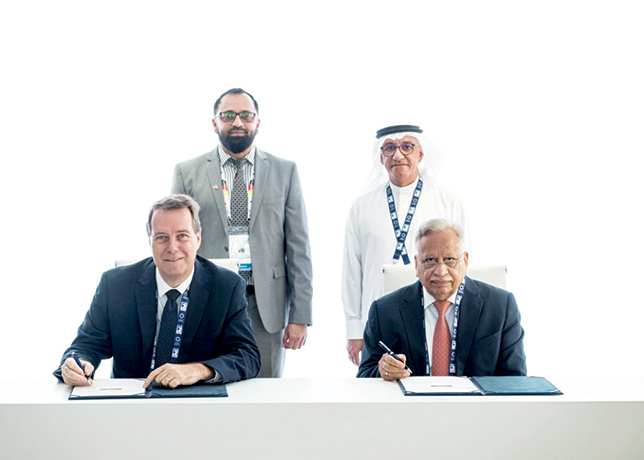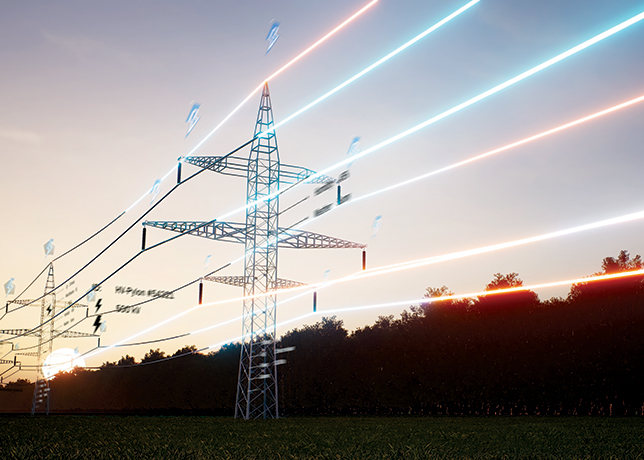
 Hydrogen transition requires infrastructure investments - Image: Audio und werbung/Shutterstock
Hydrogen transition requires infrastructure investments - Image: Audio und werbung/Shutterstock
Europe and the US will have to spend in excess of $1 trillion for building infrastructure to enable widespread use of hydrogen fuel, an executive at Mitsubishi Heavy Industries said.
A wholesale move to hydrogen will need significant new demand, which could only come with investments in infrastructure to reduce the cost.
European and US governments will have to make that investment, Emmanouil Kakaras, an Executive Vice President at Mitsubishi said in an interview on the sidelines of CERAWeek by S&P Global energy conference.
"If you count the funding to bridge the gap, you will easily get to $1 trillion," said Kakaras.
European governments have committed $750 billion and with the US Inflation Reduction Act funding for hydrogen projects, it could be enough to make the transition to clean fuels from fossil fuels happen, he said.
New infrastructure for the use of hydrogen in Europe will spur wider adoption by 2035, and if combined with carbon capture and storage in the US to offset greenhouse gas emissions, the energy transition could be realised, he said.
In contrast, Aramco CEO Amin Nasser at the same conference said the world would be better off it were to focus on reducing carbon emissions from oil and gas rather than shift to other energy sources and technologies.
"The current transition strategy is visibly failing on most fronts," said Nasser. "Despite its significant long term potential, hydrogen still costs in the range of $200 to $400 per barrel of oil equivalent, while oil and gas remain much cheaper.










































































